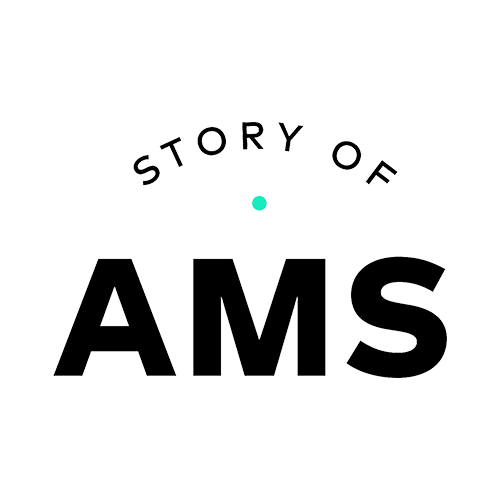Form and function is an age-old balance for designers. Of course you want things to look great and be interesting and fresh - but if you’re lacking in function then you’ve missed the mark.
Architect Louis Henri Sullivan once said “Form ever follows function” Implying that both of these elements are intrinsically linked and should come together in a fine balance. This concept and truism can be applied to any form of design from industrial to web - yet many struggle to to strike this balance.
In this blog we’re going to shallow dive into creating this balance for UX/UI and why it’s so important - in our humble opinion. If you’d like to read more on UX you can check out our landing page that does more of a deep dive.
Function requires research
The basis of function is filling a need, creating a process and understanding the problems and user behaviours. The best way to do this is through research and applying previous learnings. As a UX designer you understand conventions and typical user behaviours, so it’s easy to create a template and execute on that with no surprises.
This is often what big corporate websites rely on - convention. Classic navigation and layout, packed with information. Although this is typical - it isn’t always the right solution for everything. When following these conventions sometimes sites can get bogged down with information or stay stuck in dated formats and layouts that “work” but maybe aren’t optimised for changing demographics and new technology. It's a safe way to think about UX, and you can be assured that your user won’t get lost but they also won’t have a memorable experience either. As regardless, UX design is still a discipline of design - and design should in essence be rooted in creativity.
The key with getting function right is knowing the rules, and applying it to your audience and the problem. Some more tips for running UX research can be found in this blog here.
But where does that leave your creativity and form?
Form requires understanding
To have true success, form should follow function. The best way to think about this is knowing the rules, but also knowing how to break them effectively.
The same principle can be applied to grammar and language - great writers know the rules but often find their success in the playful bending and reimagining of them.
To do this you need to take the research and understand how that applies to your particular case and the conventions - but also understand how far you can bend it and play with it to create something useful yet unique.
Another important aspect of form comes from the brand and competition. When it comes to brand how much can you inject into the solution to give the experience personality and a feeling of cohesion with the brand identity - having unique applications of branding in a functional site can really help the user experience sing.
When it comes to competition, having an understanding of what everyone else is doing in the market can help you differentiate - but also understand what is working and what isn’t based on their own UX/UI.
At the end of the day there is no be all and end all right solution for UX design, it's a process that takes collaboration, understanding and trial and error, and most importantly a strategy for how you’re going to reach your goals. Marrying form and function together is how you hit the sweet spot of UX/UI design - creating a memorable experience for your users.
If you need some second opinions on your sites UX, or help putting together a UX strategy that helps you reach your goals, then get in touch - we would love to hear from you.
/f/95036/500x500/3c302669b5/story-of-ams.png)

/f/95036/3840x2796/d40c7d01bb/3d35c3c6-effa-48ec-9283-82f92542545a_1_201_a.jpeg)


/f/95036/6100x3276/80f37d4bee/0cc5cdfb-c987-43c5-bb94-cfb668489b83_1_201_a.jpeg)

